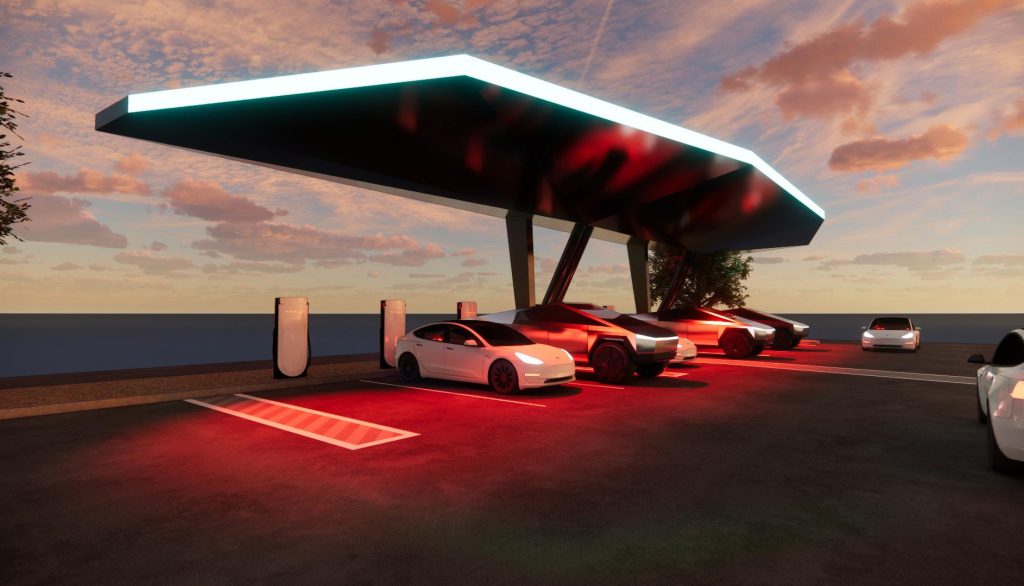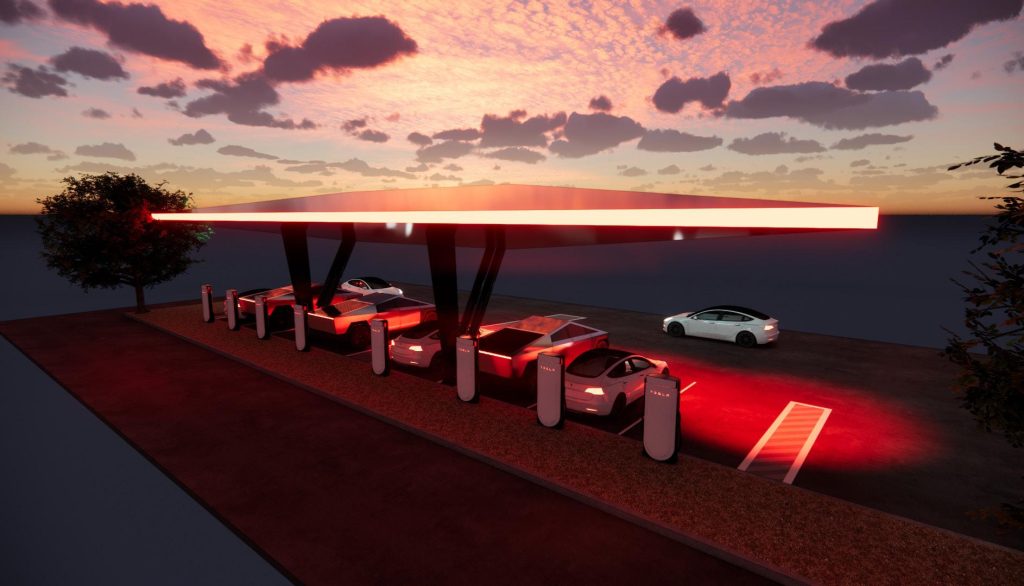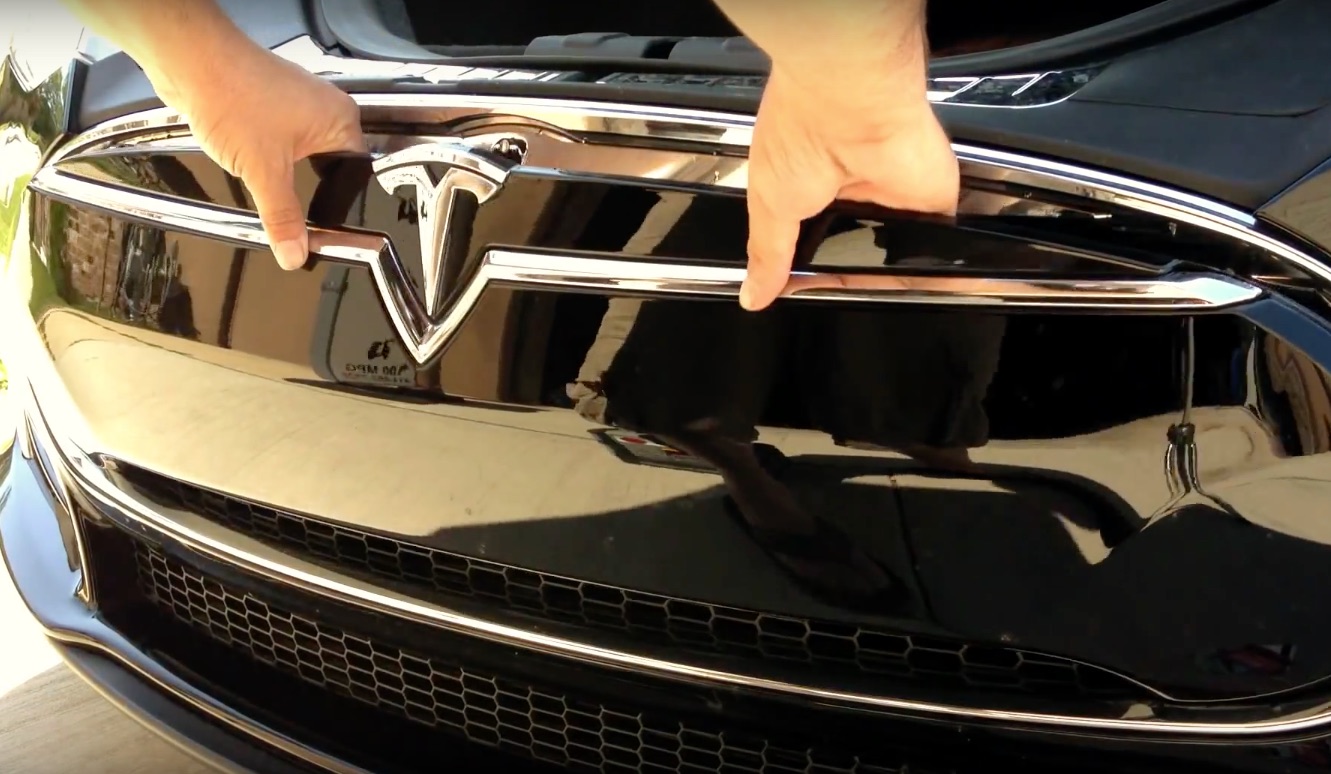

News
Why Tesla’s lead acid 12V battery needs to be lithium-ion based
It’s a prominent issue surrounding the electric vehicle market that the old-school lead acid battery just isn’t appropriate for new technology vehicles. Many users of electric vehicles, especially Tesla owners, have cited concerns with the poor performance of their 12V or low-voltage battery, oftentimes requiring annual replacement.
In contrast, a lead acid battery in a traditional internal combustion engine (ICE) vehicle generally has a 4 year life-cycle, but why?
RELATED: Tesla Model S 12V Lithium-Ion battery replacement (up to 70% lighter, 4x life)
First off, some of the most important factors to consider in longevity of a battery are “cycle-life”, environmental conditions, discharge/charge rates and calendar-life; cycle-life is how many times the battery can be drained and recharged in its life. Environmental conditions include temperature and humidity. Discharge/charge rates are the amperages going out of and into the battery respectively.
There are two major differences between the way an ICE vehicle uses its 12V battery and the way an EV uses its 12V battery:
“OFF” state discharge and cycling frequency
ICE Vehicle: generally has a very low 12V load while the vehicle is in the “off” state, often this load doesn’t exceed a few watts and doesn’t present a major challenge for the 12V battery to maintain.
Electric Vehicle: The 12V load while in the off-state is often much higher due to advanced computer systems that are running to maintain the high-voltage battery, keep vehicle “connected” (all EV have some remote access features), maintain charging and BMS (Battery Management System) communications, etc. In fact a Tesla Model S/X puts about 50 Watts of load on the 12V system when the vehicle is in the “off” state. 50 Watts equals about 4.5 Amps of discharge on the 12V battery, this drains the battery down relatively rapidly and requires the 12V battery be “recharged” by the high-voltage battery regularly, this usage pattern results in many cycles being placed on the battery.
“ON” state utilization and purpose
ICE Vehicle: The 12V battery is used to initiate the ICE (start the car) and is designed for putting out large amounts of current to accommodate this process. Once an ICE vehicle is in the “on” state, it relies on an alternator to power all of the 12V sub-systems and also maintain the voltage of the 12V battery.
Electric Vehicle: The 12V is subjected to (practically) no additional load while the vehicle is being turned “on”, and although most vehicles are designed with DC/DC converters (which act as alternators) it is often an engineering design choice to reduce load on the DC/DC converter by minimizing the frequency with which it is utilized. This also extends the driving range of the vehicle because none of the precious high-voltage battery capacity is being shunted to non-driving tasks. Due to this usage profile the 12V battery is subjected to relatively low discharge and recharge currents.
When you combine the high number of cycles and the low current requirements of the electric vehicle 12V battery system you arrive at a completely different battery need than that of an ICE vehicle. Lead Acid batteries are very good at high discharge and low cycle count life-styles, this is their bread and butter and this is where they last a long time and provide the most bang for the buck (cheap cost and decent product life-cycle), but they aren’t lasting in electric vehicles.
The electric vehicle 12V battery system is one that is best suited by a battery capable of tremendous cycle-life as the main design goal. The battery chemistry that suits this usage scenario best? Lithium! Lithium battery technology is specifically very good at being cycled many times and continuing to provide minimal capacity loss and degradation. This, along with reduced weight, is why these batteries are used for the high-voltage battery packs, cell-phones, laptops, medical equipment and cars where batteries are being cycled frequently and longevity is important.
Editor’s note: This post was submitted into our network by Tesla Model S owner Sean Scherer. Having suffered an unfortunate incident in his Model S that left him stranded because of a faulty 12V battery, Sherer began on a mission to create a lithium-ion based 12V battery solution that was not only more reliable than the traditional lead acid battery, but better suited for the demands of a Tesla Model S, Model X, and electric vehicles in general. He began BattMobile Batteries, who have made it their mission to improve adoption of electric vehicles by solving some of the small details that has been missed by EV manufacturers.
We’ve also included a video tutorial on how to replace the Model S 12V battery.

Elon Musk
Tesla is building a new UFO-inspired Supercharger in the heart of Alien country
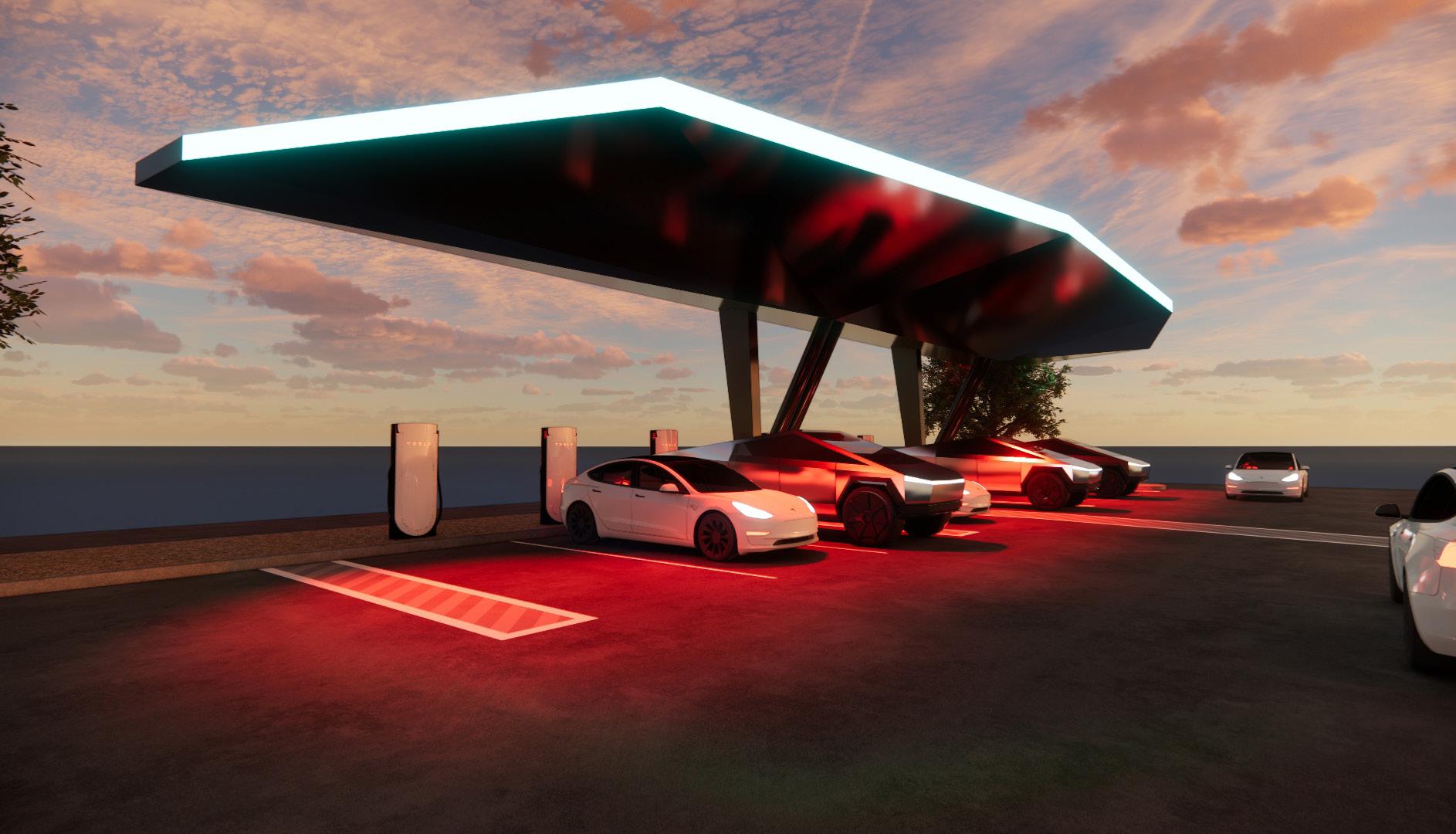
Tesla is planning to build a new UFO-inspired Supercharger in the heart of Alien country — Roswell, New Mexico.
Back in 1947, a crash of debris led to rumors of an alleged crash of a UFO just 75 miles north of Roswell near Corona, New Mexico. The crash was officially noted as the recovery of a military balloon, but over the years, speculation persists that the “flying disc” many saw might have been extraterrestrials trying to make contact with Earth.
As a result of the 1947 crash, Roswell has adopted it and used it as the inspiration for much of its tourism. As Tesla is planning to build a Supercharger in the area, it is using the same sort of inspiration for the location, which will feature just eight charging stalls located under a CyberCanopy.
It was first spotted by MarcoRP, a noted Supercharger permit insider:
A new Supercharger is coming soon to Roswell, New Mexico!!
Tesla is currently planning a Cyber-UFO themed station at the Whataburger on N Main St.
The site will feature 8 charging stalls, located under a CyberCanopy with RGB fixtures and a 20.88kW solar array. pic.twitter.com/4BOyM1iuTx
— MarcoRP (@MarcoRPi1) April 2, 2025
Here are some better pictures of the design:
- Credit: MarcoRP | X
- Credit: MarcoRP | X
Tesla’s Head of Charging for North America, Max de Zegher, confirmed that the site will be inspired by the events near Roswell in 1947. He noted that Tesla “wants to build a few Superchargers cool enough to be worth of the trip itself.”
This will undoubtedly be one of those locations, and along with the Tesla Drive-in Diner Supercharger in Santa Monica, it seems the company could be moving toward some more unique designs for the future, making the charging experience more fun and interesting for owners:
We want to build a few Superchargers cool enough to be worthy of the trip itself. Wish we could have kept it under wraps for longer, but submittal was needed for Planning Approval. We can’t hide anything from @MarcoRPi1! 🙂 pic.twitter.com/X2WaKDd408
— Max de Zegher (@MdeZegher) April 2, 2025
Elon Musk
This Tesla vandal caused thousands in damage, but she was let off the hook: Here’s why
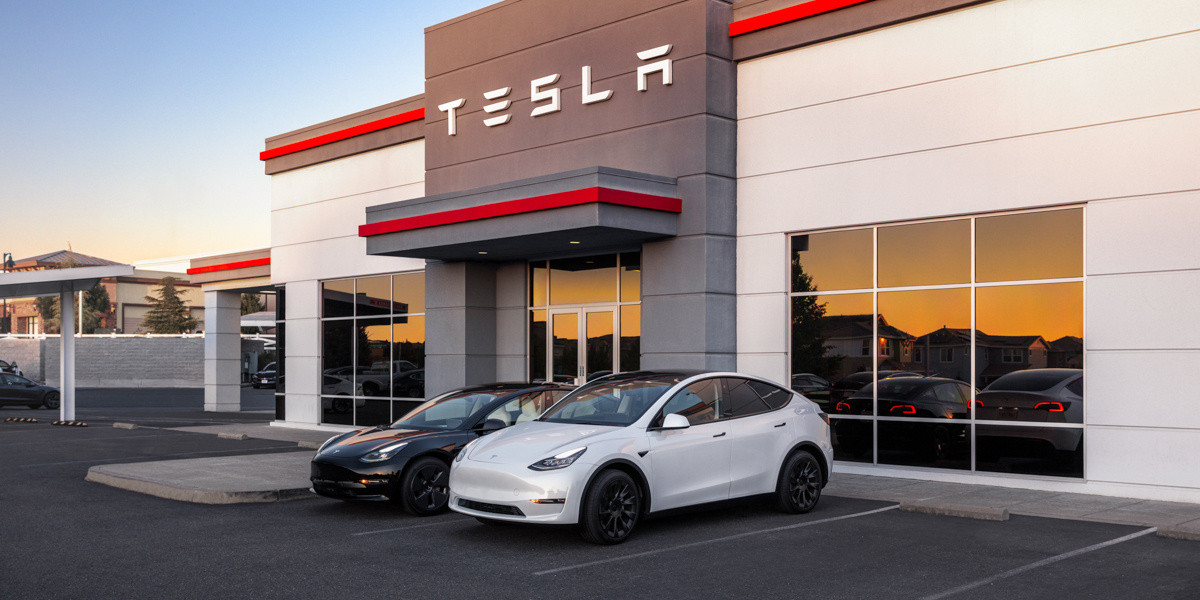
A Tesla vandal in Bloomington, Minnesota, caused $3,200 in damages to a car after keying it. However, the local police department, as well as the owner of the Tesla, let her off the hook.
As a Tesla sat in the parking lot of a Cub Foods grocery store, it was damaged in an act of vandalism that we are unfortunately seeing all too frequently. Police managed to locate the woman responsible for the damage, aiming to hold her responsible for the scrapes she applied to the vehicle.
However, in an act that many might not be able to perform, the owner of the Tesla did not want to pursue any criminal charges. Instead, they just wanted their car fixed.
Police Chief Booker Hodges said (via Minnesota Star Tribune):
“The victim in this case just wanted their car fixed, and they just wanted the suspect to pay for that. Based on the totality of the circumstances here, and along with our core value of being compassionate, this is the best outcome for everybody involved in this case.”
It was an incredible act of forgiveness, as many of those who have had their Teslas damaged in response to CEO Elon Musk likely would not have been able to do the same thing. One person who had their vehicle keyed filed a civil lawsuit against the vandal, who damaged their car while it was parked at Dallas-Fort Worth International Airport, seeking $1 million in damages.
Chief Hodges finished his remarks about this specific situation by calling out the leaders who have spread a hateful narrative about Musk and Tesla, and the company’s vehicle owners as well:
“We need our leaders to start leading and stop feeding this rhetoric. People should be able to drive whatever car they want without fear of going into a store and someone scratching their car or people yelling at them because of the car that … they choose to drive. It’s time for all of us, you know, just to start getting along and knock this stuff off, man. People should be able to be left alone.”
While Chief Hodges did not mention anyone specifically, Minnesota politician and former VP candidate Tim Walz said earlier this month that he “gets a boost” when Tesla stock falls. He later retracted his statement by stating it was just a joke.
News
Tesla Model Y tops Norway sales despite low Q1 delivery results
The new Model Y ended March as Norway’s top-selling vehicle for the month, with 1,819 units sold.
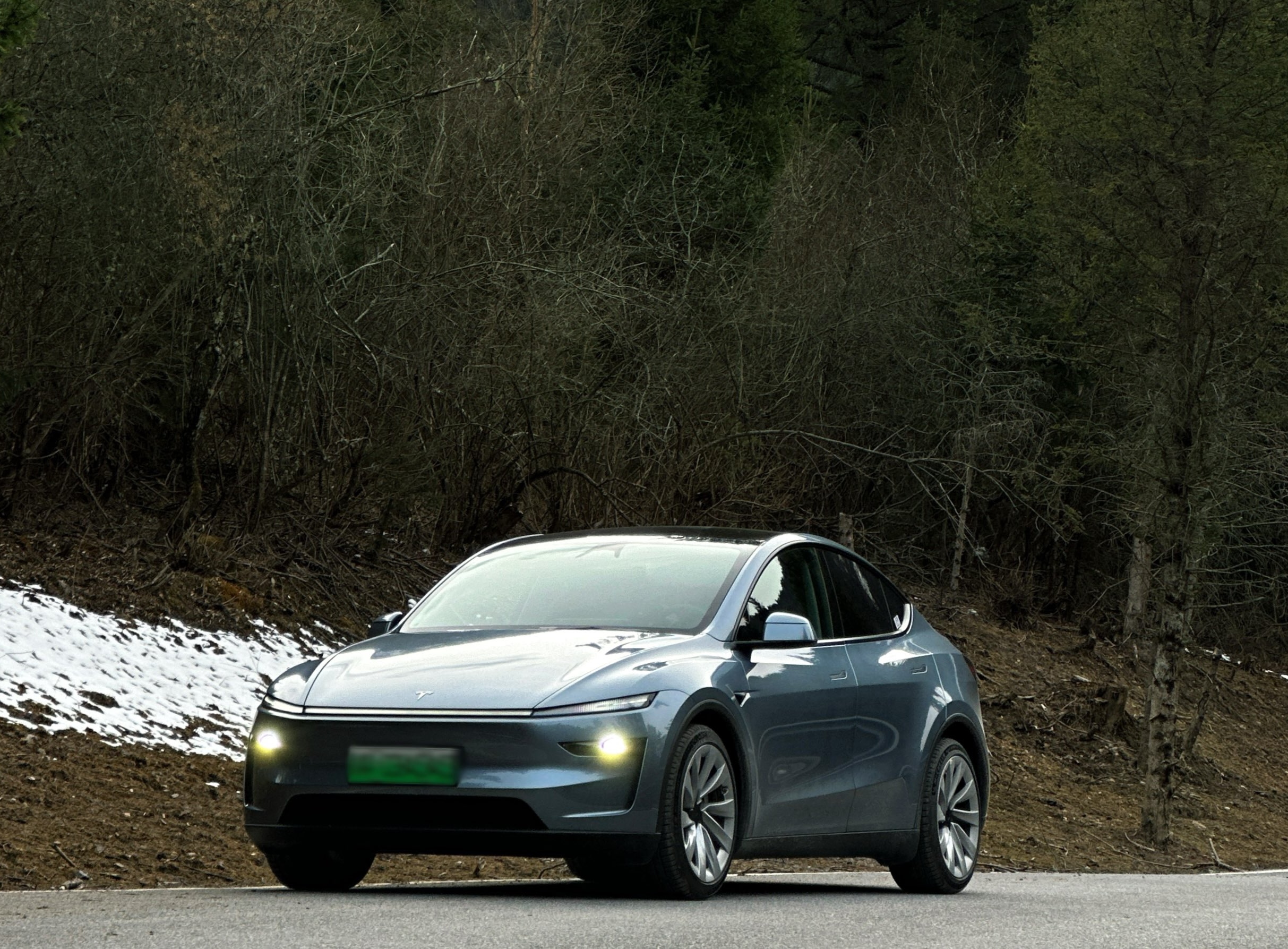
Tesla did not meet delivery expectations in the first quarter of 2025, and a huge reason behind this was the changeover to the new Model Y in Giga Texas, the Fremont Factory, Giga Shanghai, and Giga Berlin.
Despite Tesla’s disappointing Q1 vehicle delivery results, the new Model Y still made a significant impact in key markets such as Norway.
The new Model Y’s Norway Comeback
While sales of the new Model Y in January and February were low in Norway, the vehicle saw a lot of momentum as soon as deliveries of the updated all-electric crossover started. This resulted in the new Model Y ending March 2025 as Norway’s top-selling vehicle for the month, with 1,819 units sold.
Over the course of Q1 2025, Tesla was able to sell a total of 2,792 Model Y units. That was enough to also make the all-electric crossover Norway’s best-selling vehicle in the first quarter. This is quite an impressive feat for Tesla, especially since sales were throttled during the quarter due to the company’s changeover to the new Model Y.
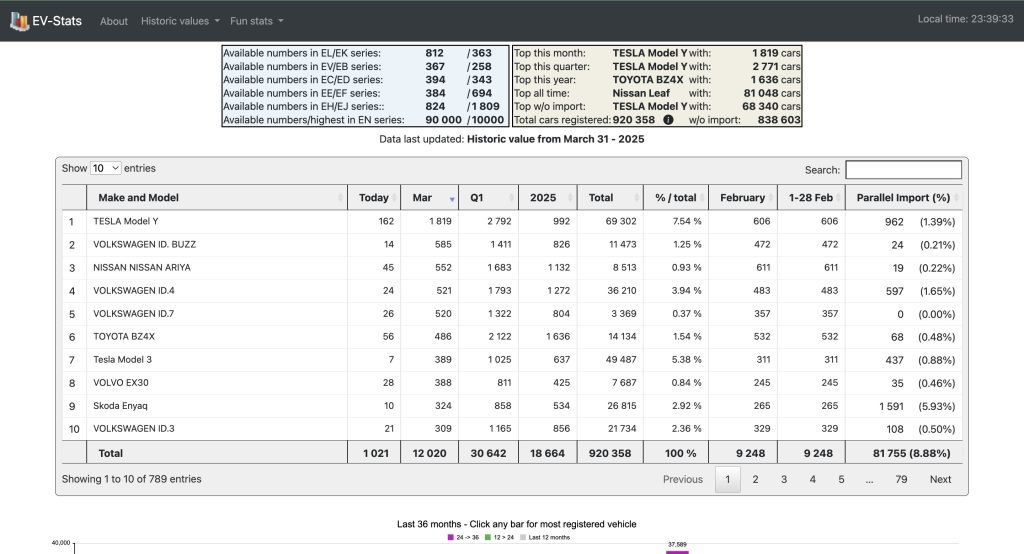
Tesla in Other European Markets
Tesla’s results in Europe during the first quarter were a mixed bag. In Germany alone, Tesla saw 4,935 vehicles sold in Q1 2025. As per the German road traffic agency KBA, Tesla’s sales in March dropped 42.5% to 2,229 units year-over-year. This was despite overall EV registrations rising 35.3% during the month.
In Italy, new vehicle registrations rebounded 51% in March from the previous year to 2,217 units, as per data from the Transport Ministry. This is still quite impressive considering that Tesla has become a very polarizing carmaker in Europe, thanks in no small part to CEO Elon Musk’s politics and close relation to U.S. President Donald Trump.
-

 News2 weeks ago
News2 weeks agoTesla aiming to produce first “legion” of Optimus robots this 2025
-

 Elon Musk1 week ago
Elon Musk1 week agoTesla CEO Elon Musk’s simple message to vandals
-
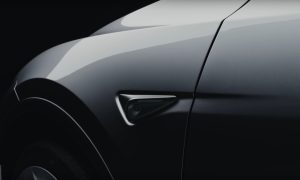
 Elon Musk2 weeks ago
Elon Musk2 weeks agoElon Musk confirms two measures Tesla is taking to fight vandalism
-
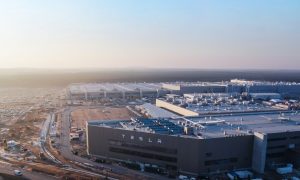
 News2 weeks ago
News2 weeks agoTesla’s Giga Berlin director responds to anti-Musk criticism
-

 Elon Musk1 week ago
Elon Musk1 week agoTesla vandal who lit Las Vegas repair center on fire arrested
-

 Elon Musk1 week ago
Elon Musk1 week agoElon Musk clarifies Trump tariff effect on Tesla: “The cost impact is not trivial”
-
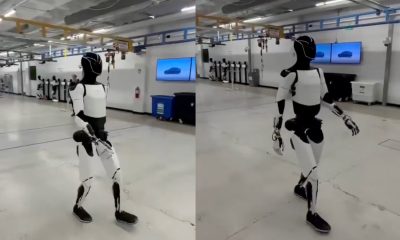
 News2 days ago
News2 days agoTesla shares Optimus’ improved walk in new update video
-

 Elon Musk1 week ago
Elon Musk1 week agoTesla vehicles hit by ATV, suspect caught by Sentry Mode
